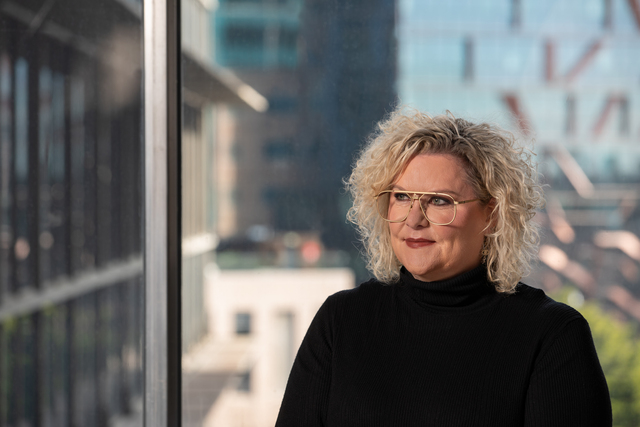As the nation looks on in shock at the impacts of widespread flooding across Queensland and New South Wales, I’m also reflecting on my own recent experience with a natural disaster.
In April of last year, ex-tropical Cyclone Seroja tore through a 1,000 kilometre stretch of Western Australia’s mid-west region, devastating thousands of properties and impacting an area larger than Tasmania.
Although in the Mid-West and Gascoyne regions of Western Australia we consider ourselves to be fairly resilient, the sheer scale of this disaster has stretched the resources of Local Governments, and local communities continue to experience a range of emotional and physical challenges in their recovery efforts.
It is important to remember that after the event has passed, and even after the initial clean up phase is completed, a mammoth task stills remains in rebuilding homes and local facilities; and in reestablishing community connections.
The damage caused can still be seen throughout the district, with the delays in repairs being hampered by the lack of tradesman in this region and delays in insurance payouts. The Insurance Council of Australia estimates over 9,000 claims have been lodged for damage from the cyclone, with the current estimated loss value in the region being around $350 million.
In our experience post Seroja, one major issue has been families being displaced whilst their homes are repaired. At all levels of government, we have been working hard to prioritise support and make sure our residents can return to their homes and communities as soon as possible.
The State Government’s support throughout this recovery process has been vital for the region. Without this assistance, it would be beyond the capability of an individual Local Government to address the major infrastructure repairs and coordination of services and support that is needed.
The State’s Department of Fire and Emergency Services appointed State designated Recovery Coordinators, employed community recovery officers, and set up four recovery hubs in the towns of Kalbarri, Northampton, Geraldton and Morawa.
Perhaps though, in the very early recovery days our greatest resource was our volunteers. They worked tirelessly to ensure that everyone was safe, roads were clear and essentials were available. We are now working together, locally and within the region, to continue to support our local residents.
Across all of WA, but particularly in our regions so affected by our own recent experience, our hearts go out to the communities in NSW and QLD as they move out of the massive cleanup effort into the long and arduous task of rebuilding and reconnecting. I am confident that the existing strong sense of community in these towns will help them to provide each other with support that will only make them even stronger.








